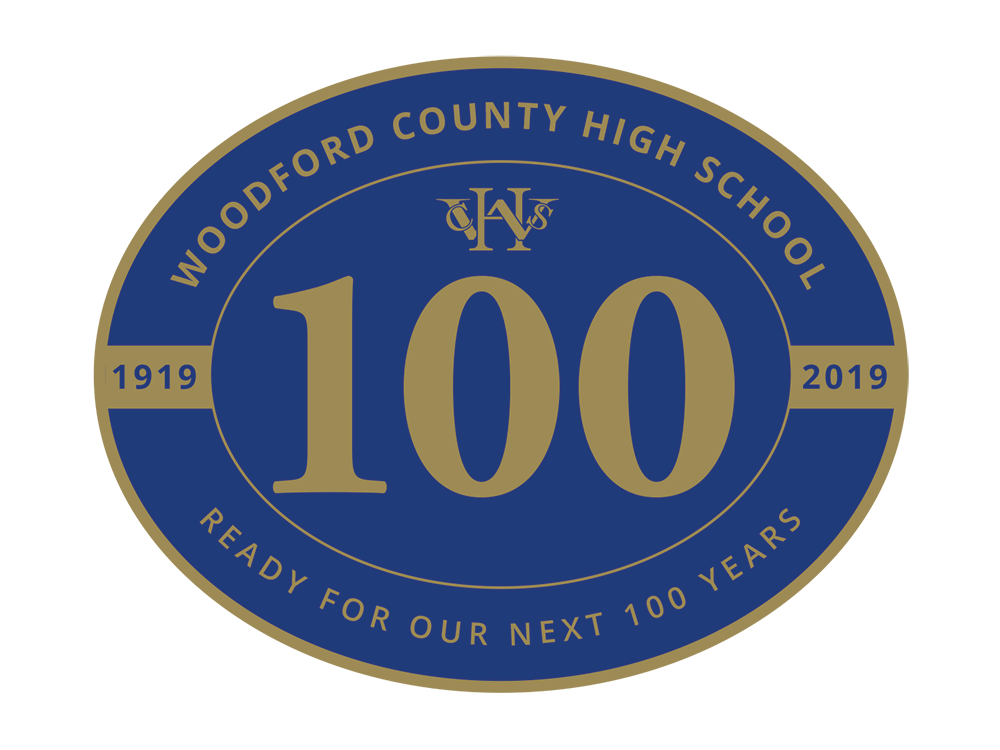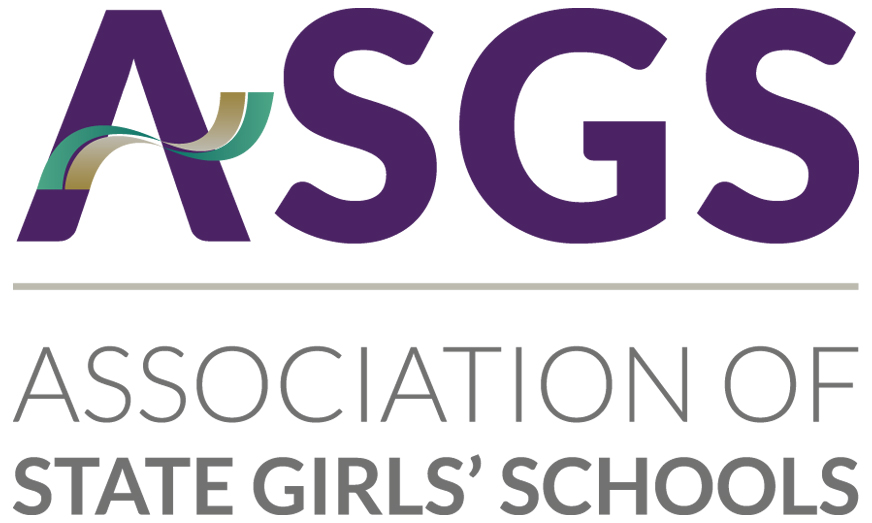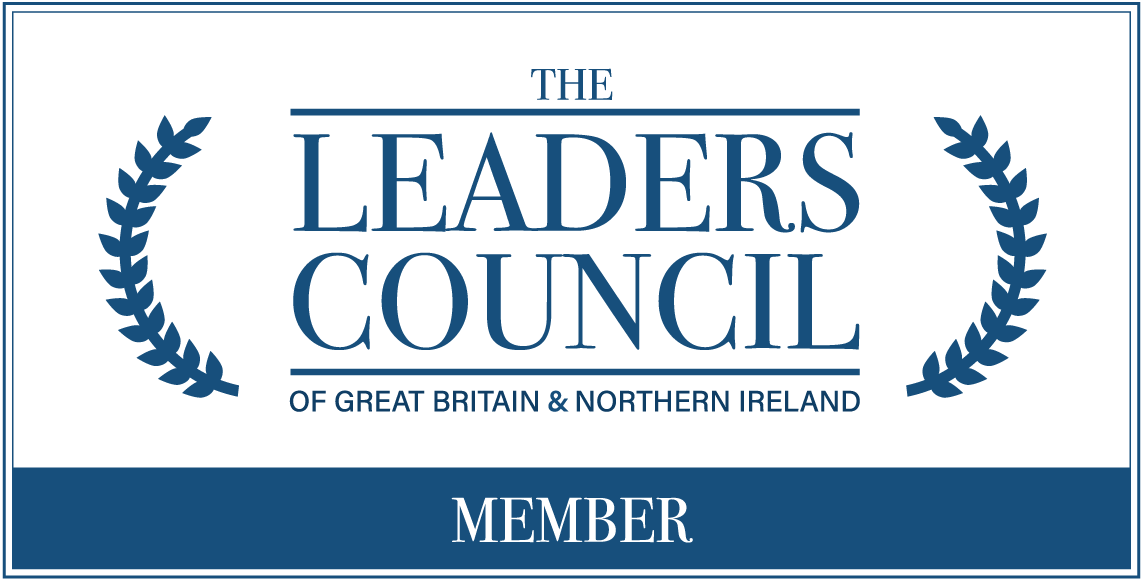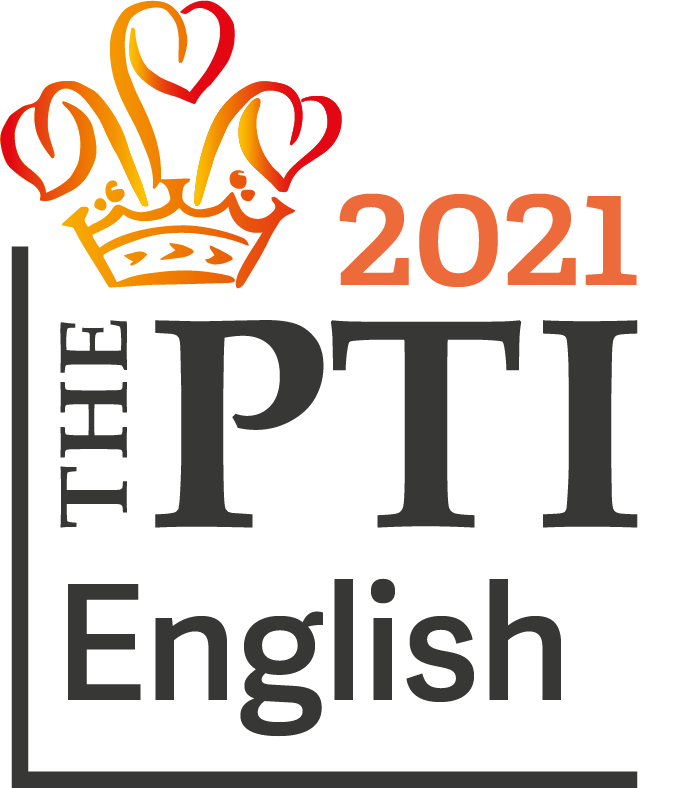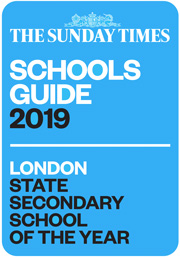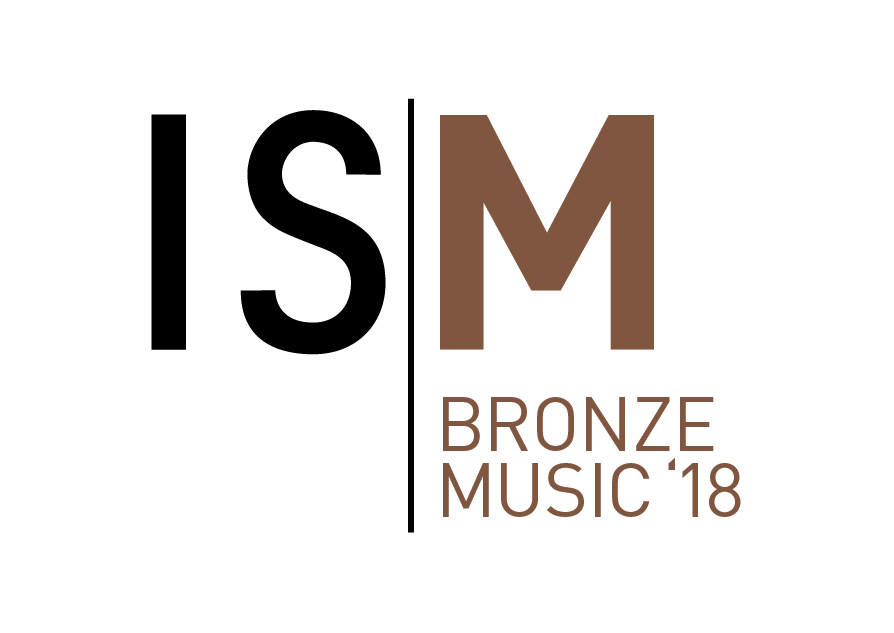|
PHYSICS |
||
|---|---|---|
|
EXAM BOARD |
AQA |
|
|
STRUCTURE OF COURSE |
Component 1 Particles, quantum and electricity. Mechanics, materials and waves Component 2 Everything that is in Component 1 plus: Fields and further mechanics; Nuclear and Thermal Physics and an Optional topic |
|
|
ASSESSMENT |
Paper 1 What's assessed: Sections 1 to 5 and 6.1 (Periodic motion) Written exam: 2 hours (85 marks, 34% of A-level) 60 marks’ worth of short and long answer questions and 25 multiple choice questions on content. Paper 2 What's assessed: Sections 6.2 (Thermal Physics), 7 and 8 .Assumed knowledge from sections 1 to 6.1 Written exam: 2 hours (85 marks, 34% of A-level) 60 marks’ worth of short and long answer questions and 25 multiple choice questions on content. Paper 3 What's assessed: Section A Compulsory section on practical skills and data analysis; Section B students enter for one of sections 9, 10, 11, 12 or 13 Written exam: 2 hours (80 marks, 32% of A-level) 45 marks’ worth of short and long answer questions on practical experiments and data analysis and 35 marks’ worth of short and long answer questions on optional topic. |
|
|
CONTENT |
In the first year we will study nuclear and particle physics, Quantum Theory and current electricity. Newton’s Laws of Motion, the energy conservation laws, properties of materials and waves will also be studied. The main themes of the second year work are advanced studies in mechanics such as conservation of momentum, Simple Harmonic Motion and Field Theory. We will also study radioactivity, and thermal physics. The option covered in this unit is “Turning points in physics”. Skills developed in both years include the selection and uses of various pieces of equipment, processing of data, making observations and measurements, analysing and evaluation of results. |
|
|
POSSIBLE CAREER PATHS |
Physics is an extremely desirable subject for employers, and students with a Physics qualification could enter careers in research in the physical sciences, engineering, medicine, sports science, law, finance, accounting, electronics engineering and robotics to name a few. There are many other possibilities. |
|
|
POSSIBLE SUBJECT COMBINATIONS |
Maths and Physics are very closely related subjects and form a good combination. Maths is a prerequisite for further study in Physics. Physics with a literary subject such as English or History prepares students well for a career in finance or law. Physics with any other science is a common combination and opens up many avenues of opportunity: medicine, materials science or structural engineering. |
|











